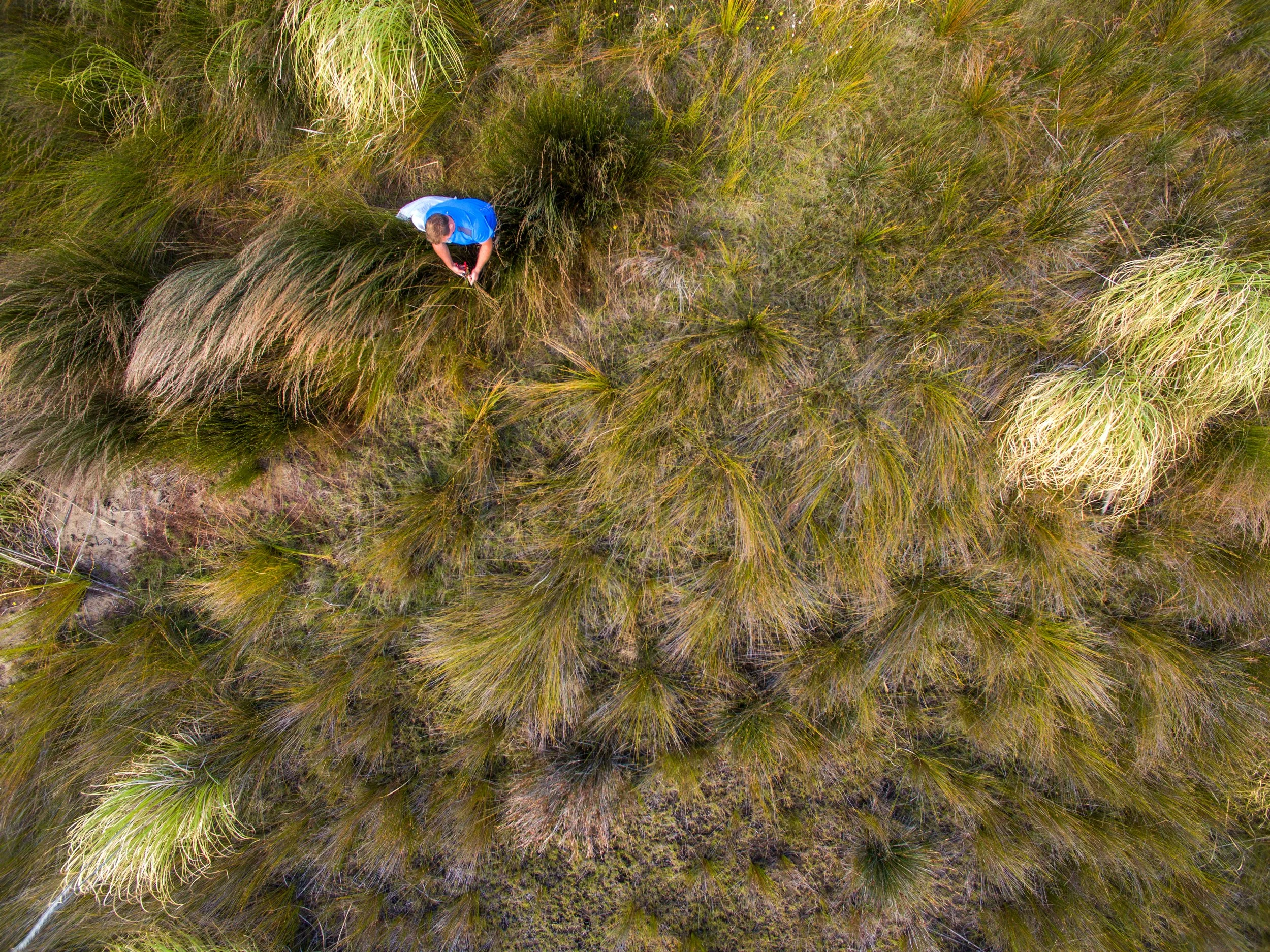A bubble of life: how to restore vitality into an ecosystem.
The whole surface of Earth is a series of connected ecosystems. An ecosystem is defined as any “biological community of interacting organisms and their physical environment.” But we really like the definition that our old friends at National Geographic use: “An ecosystem is a geographic area where plants, animals, and other organisms, as well as weather and landscapes, work together to form a bubble of life.”
A bubble of life. Sounds pretty, precious and fragile and that’s about right.
At Kauri Park, we get our hands dirty working to create, maintain and restore ecosystems every day, up and down the length of Aotearoa, and we’ve learned a few things along the way.
Here’s the THREE things we know about restoring ecosystems so that they teem with life.
Deep-dive into the dynamics
A successful restoration of an ecology depends on knowledge of the underlying environment, biota and ecotones which all combine to make an ecosystem. Analysis of the biophysical factors of the environment is the starting point of every successful restoration project.
Start from the ground up, literally, by doing an analysis of these biodynamics:
the underlying geology
ecosystem type (refer to Kauri Park’s 7 classifications of ecosystems e.g. coastal, riparian)
soil type (brown soils being most common in NZ but we also have oxidic, granular, pumice, pallic etc with varying constituents and characteristics - clay, sand, peat, volcanic, free-draining, waterlogging etc)
aspect and degree of slope
moisture levels required to establish ecozones in this environment (e.g. tropical and subtropical forests, temperate and mondane grasslands etc)
existing biodiversity (how much, what type, dependencies and interdependencies)
Design for life
With the context, characteristics and connections of this place in mind, the next step is to design for each for each these factors. Consider how your restoration project can:
Stabilise and build back soils
Protect waterways
Recreate vegetation linkages and corridors
Include plants endemic to the region or ecozone (eco-sourcing) e.g. coastal or riparian margin
Design for ecological succession e.g. the inclusion of appropriate canopy species
Create habitat for native wildlife
Increase native species biodiversity (birds, insects, freshwater and marine life, fungi etc)
Contribute to ecosystem diversity (how this ecosystem connects with those around it)
Be the guardian
There is no ‘spray and walk away’ in restorative ecosystems. They are made up of a web of connections between living and non-living things and for an ecosystem to thrive, not just survive, we need to regularly check-in on the dynamics and the finely-tuned balance of its interconnections.
At Kauri Park we say that we ‘speak for the trees and we act for the planet’. We believe that Mother Nature writes her briefs and that the work is never done. This means that we plant for generations to come and that means having a plan to monitor and optimise the ecosystem on an ongoing basis.
When we’re thinking about ecosystem guardianship we look at how we can sustain its stability and resilience by looking at how we can:
Monitor ecological integrity and boundaries (have there been impactful disturbances or events e.g. storms, fire, invasive pests, agricultural encroachment)
Maintain balance in biodiversity (e.g. evaluate nutrient levels and species loss
Maintain (and enhance) productivity (not over harvesting)
Protect the water in the system (freshwater and marine, integral and connected to the ecosystem)
Control the population (e.g. weed and pest control programmes)
Monitor and minimise pollutants and environmental stressors
When we look after our ecosystems, we look after life itself. Bubbles of life are both precious and powerful. Here’s to looking after all our bubbles of life New Zealand.





